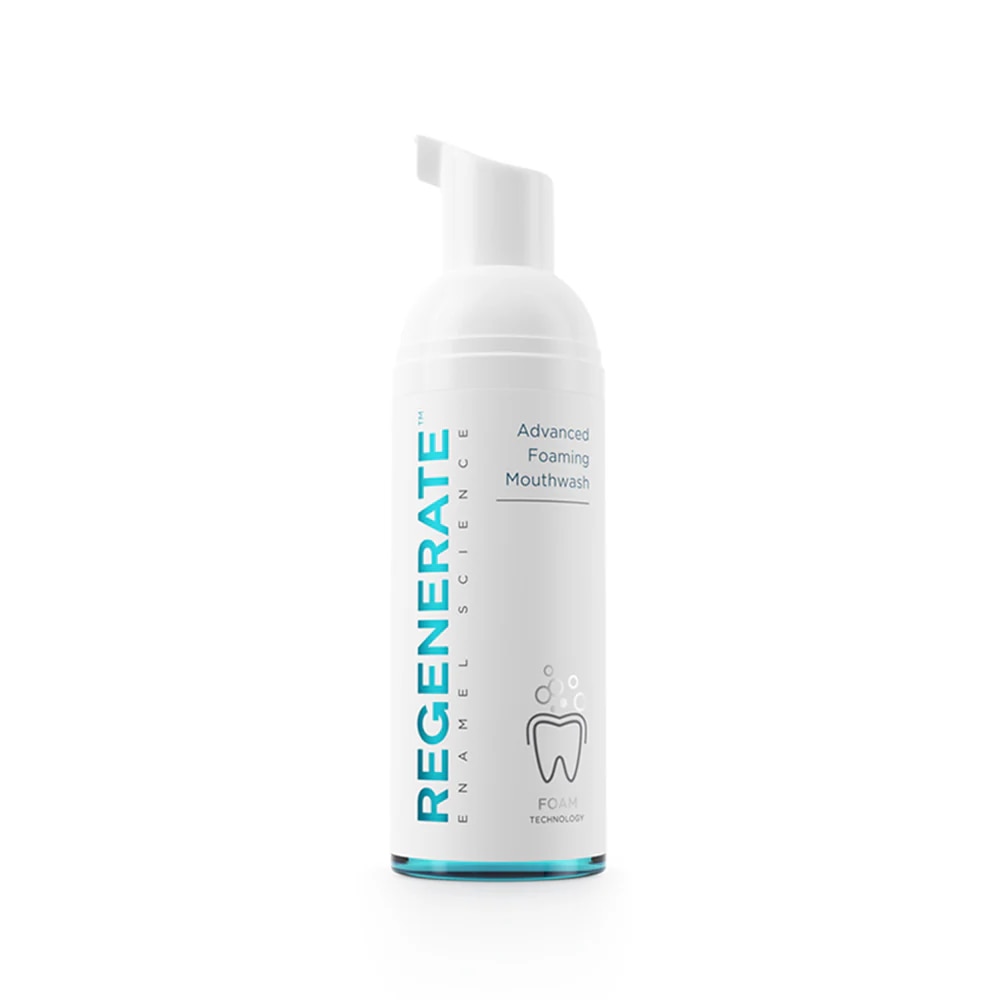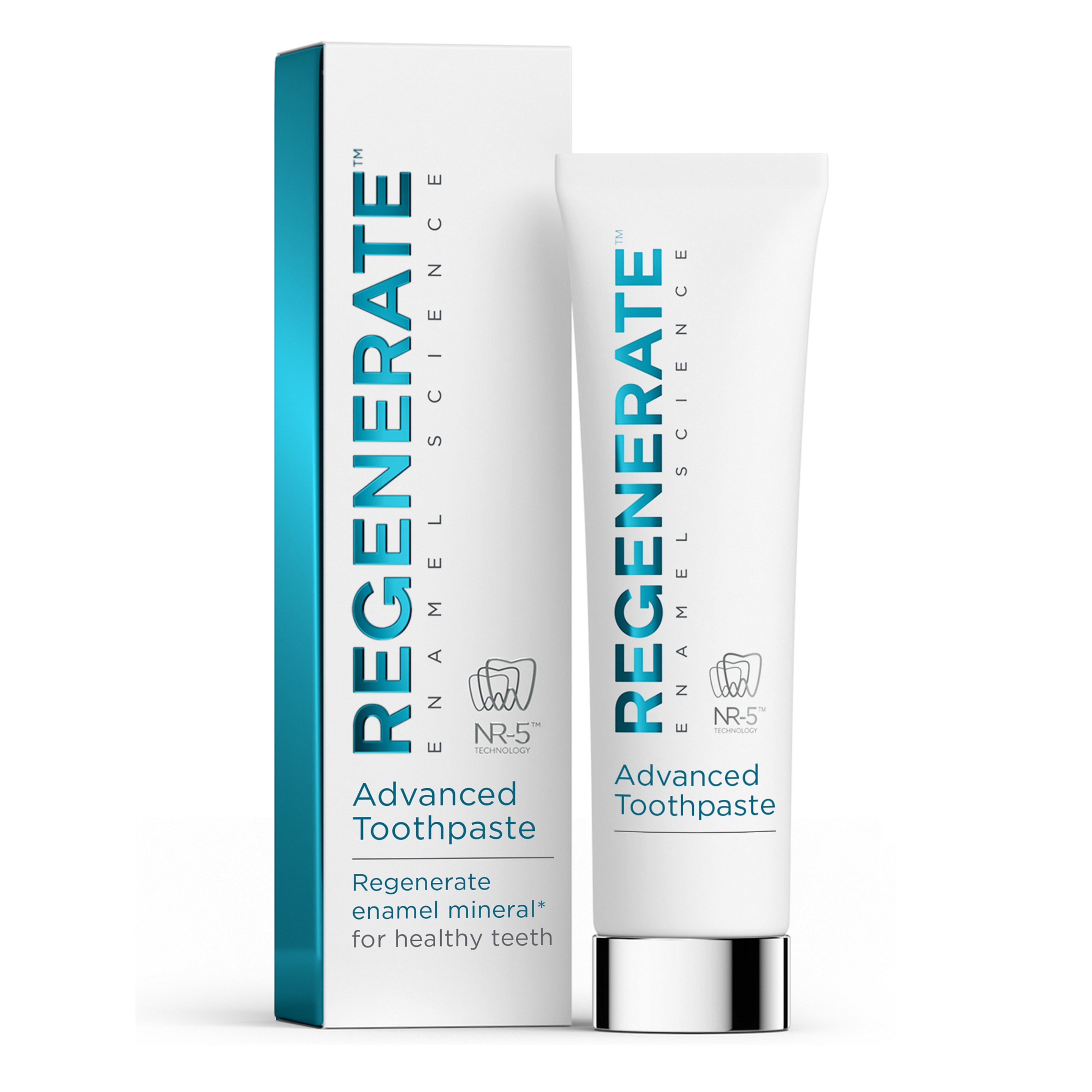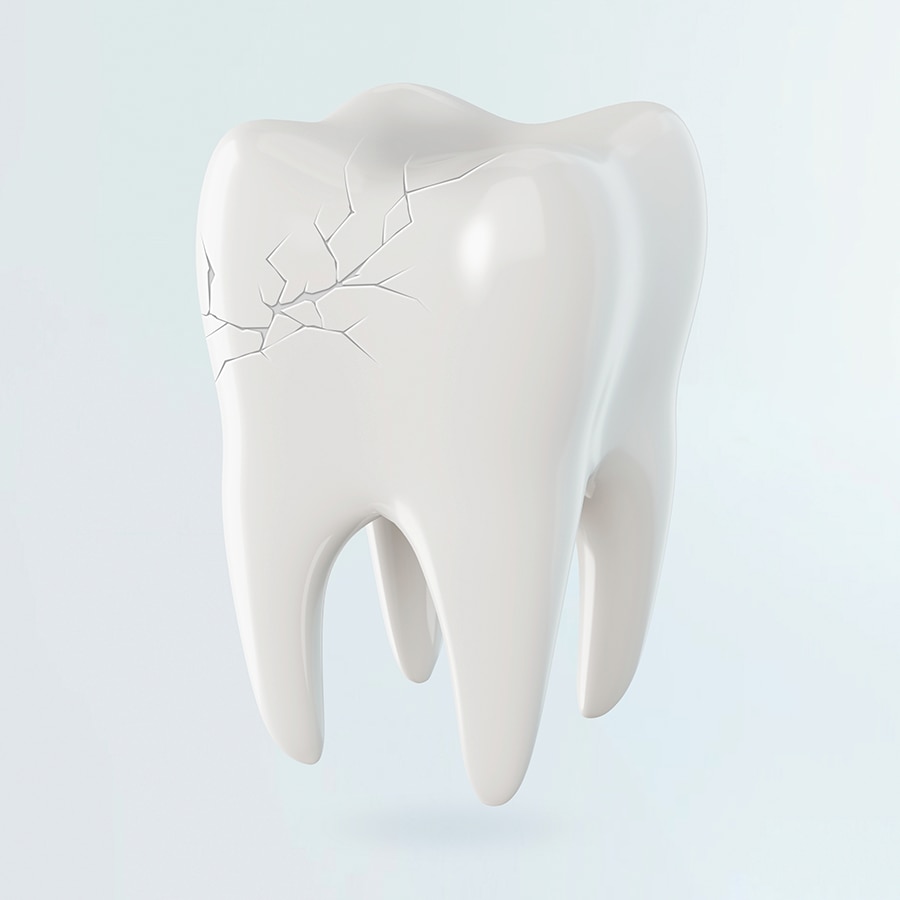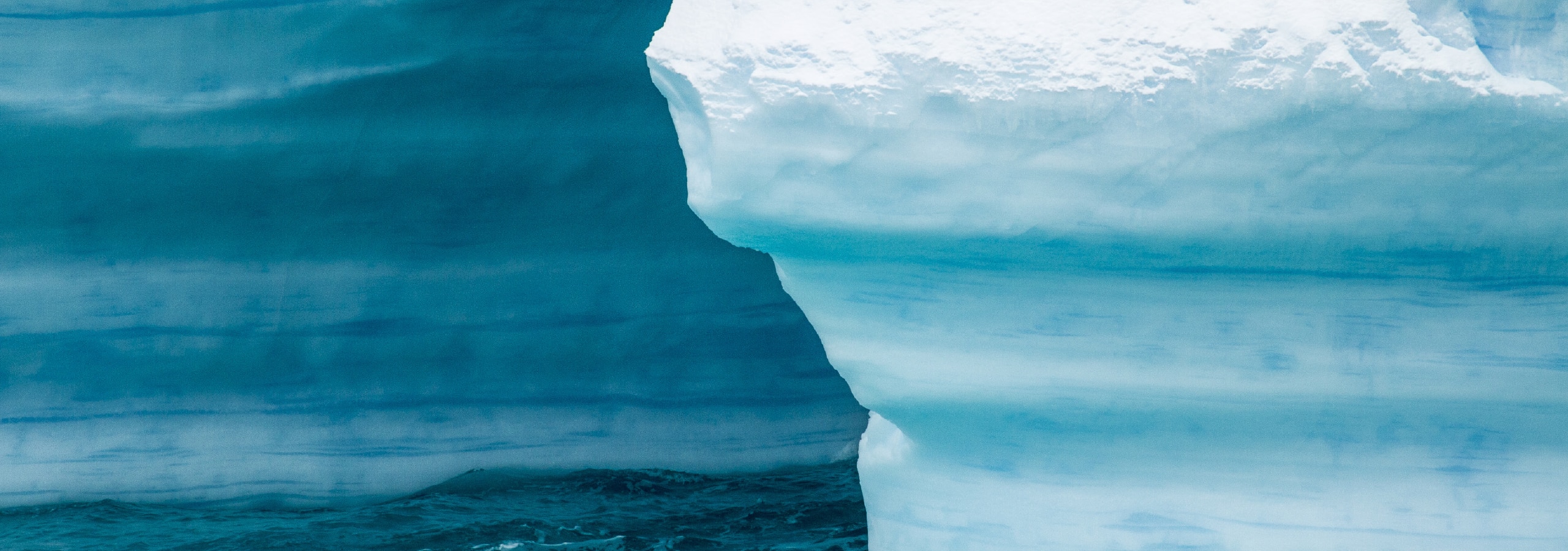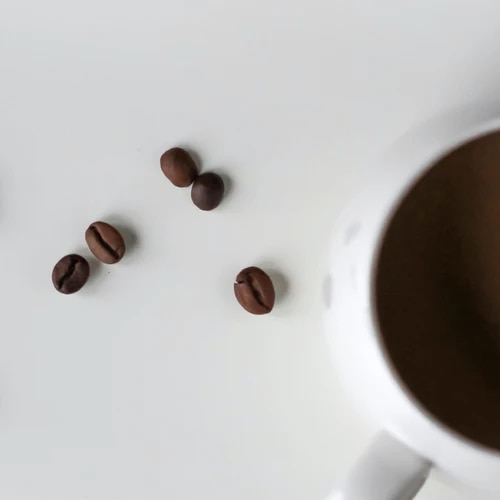If you have a damaged tooth, don’t despair – your dentist will be able to talk through the possible choices for treatment to repair a damaged tooth. Here we’ll share with you some of the main causes, what teeth damage treatment options might be available, and how you can avoid dental damage in the future.
What are (some of) the causes of damaged teeth?

Are your teeth damaged? Many of the causes of tooth damage are accidental. Cracked teeth, broken teeth and chipped teeth are often down to:
- Biting or chewing a hard object, like ice.
- Blow to the mouth, such as through an accident or injury.
- Bruxism (teeth grinding or clenching), which most people aren’t even aware of.
- Cavities or dental work that has weakened the tooth.
- Sudden change in temperature like consuming something very hot then something very cold.
How can a damaged tooth be treated?
Damaged teeth may be fixable with dental treatment so it’s important you speak to your dentist as soon as you notice any damage. The specific treatment to repair a damaged tooth will be based on the type of damage, where it is, and the severity.
Teeth damage treatment options include:
- Dental polishing¹: This involves the dentist polishing away a craze line to smooth the surface of your tooth. A craze line is a minor hairline fracture that only affects the enamel, and often doesn’t require any treatment at all.
- Dental bonding²: A composite resin that matches the colour of your tooth may be applied to fill in areas of minor damage. This is a simple procedure that involves etching on a gel or liquid to the tooth surface, followed by an adhesive, and then the resin. This material is shaped to make it look more natural and is hardened with ultraviolet light.
- Dental fillings²: Fillings can be used to repair minor damage, like when you chip off a small bit of enamel or have a small crack.
- Dental crowns or caps³: For damage that involves a fractured cusp, or a large piece of broken tooth, your dentist might cover it with a cap or crown. They’re tooth-shaped and made of ceramic, porcelain, resin or metal. The dentist might need to remove some of the remaining tooth to make space or build up the tooth with filling material.
- Root canal therapy²: This procedure is normally used when the damage extends below the gum line, like a vertical root fracture, and when the inner pulp of the tooth is exposed. The root canal is cleaned by removing the dead pulp and it’s then sealed. A crown is placed on top of the remaining tooth.
- Dental implant or bridge: When a tooth needs to be removed, the space can be filled with a bridge or implant. An implant is a titanium screw that acts as the new root and is fitted into your jawbone. After the bone around it fuses to the implant, a denture or crown is fitted on top.
- Dental veneer¹: Damaged front teeth can be covered entirely with a veneer – a tooth-coloured thin shell that’s made of resin composite material or porcelain. The dentist removes a small amount of enamel from the surface and makes an impression of the tooth so the veneer can be custom made. Liquid is etched onto the surface of your tooth and a special cement is applied to the veneer which then hardens when the dentist shines a light to activate the cement’s chemicals.
How to avoid dental damage
Naturally, we all want to prevent anything bad happening to our teeth. Damaged teeth aren’t always avoidable though, like when the cause is an accident. However, by putting the following tips into practice, you can help reduce the chances of needing treatment¹:
- Avoid biting down or chewing on hard things like ice, nuts, sweets, pens, etc.
- Wear a gum shield when engaging in contact sports or activities that involve the possibility of falling.
- Get a mouth guard made if you grind your teeth or clench your jaw at night.
- Have any cavities filled – attend regular dental check-ups to help spot them early.
- If you have any discomfort or suspect dental damage, contact your dentist immediately.
The above tips are helpful ways to reduce damage to your teeth. Maintaining good oral hygiene can help you avoid dental problems – or help catch them early – so remember to always brush your teeth twice a day and floss daily to help keep your mouth healthy. When it comes to preventing dental damage, keeping your enamel strong with specially formulated products is another great solution. Regenerate Advanced toothpaste is powered by an exclusive and clinically proven NR-5™ technology which is able to regenerate tooth enamel mineral*, reversing the early enamel erosion process, keeping teeth healthy and strong.
With this understanding of the possible treatment to repair damaged tooth or teeth that your dentist might carry out, you can feel confident that should it ever happen to you, there are ways to fix it.
*Acts on early invisible stages of enamel erosion by restoring its mineral content and micro hardness with regular use. Clinically proven.
The advice in this article does not constitute medical advice; it is solely available for information purposes. We recommend that you consult your dentist If you are experiencing any dental problems.
Sources:
1 Oral Health Foundation – Cracked Teeth
- slide 1
- slide 2
- slide 3


